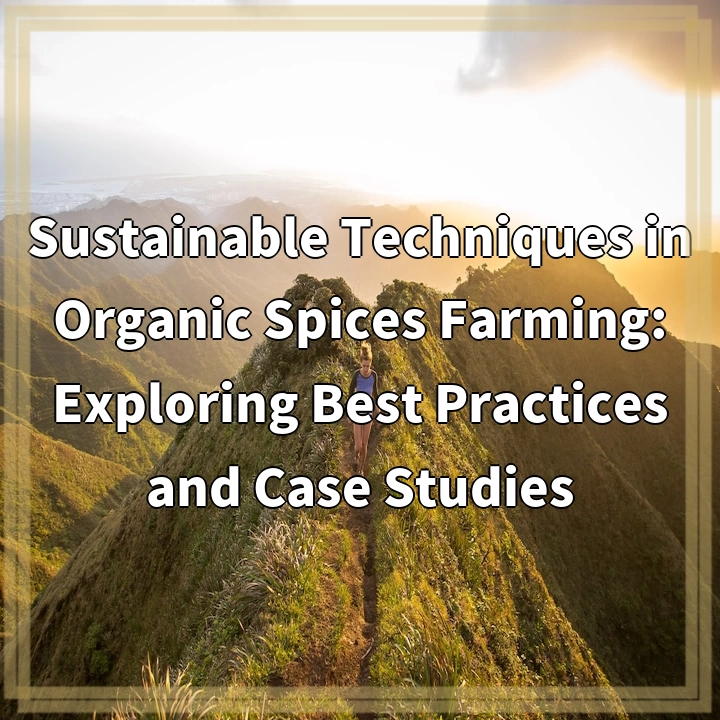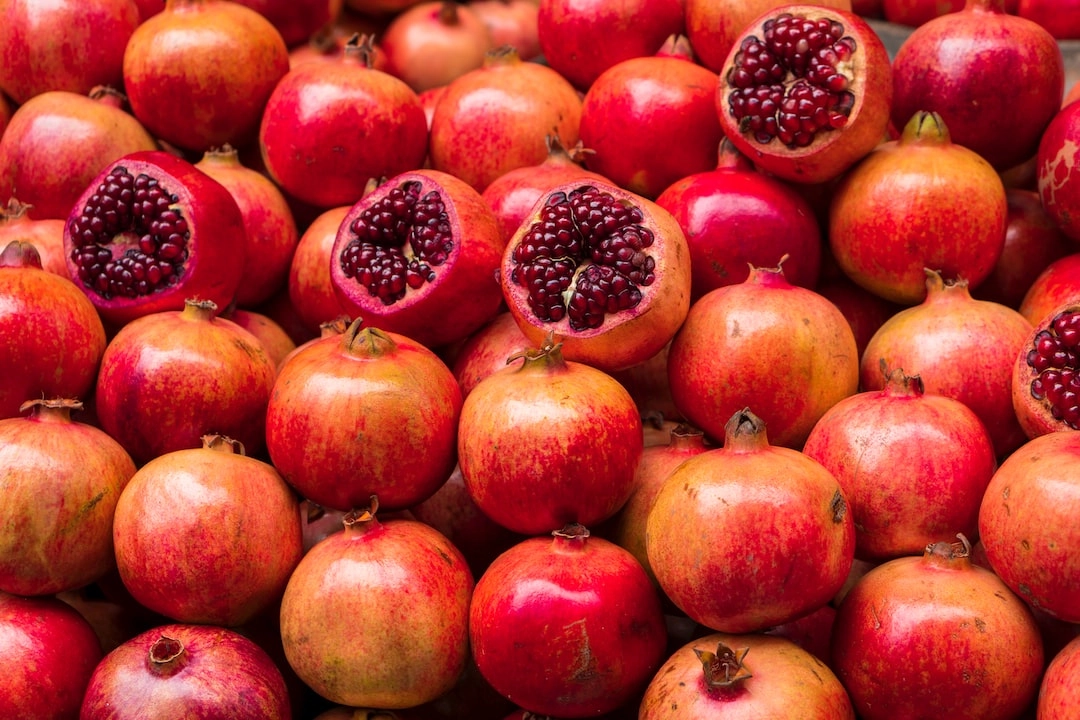
What is Sustainable Techniques in Organic Spices Farming?
Sustainable techniques in organic spices farming refer to the practices that are implemented in the cultivation and production of spices using environmentally friendly and socially responsible methods. It involves minimizing the use of synthetic fertilizers, pesticides, and genetically modified organisms (GMOs), while promoting biodiversity, soil health, and water conservation.
Real-World Problems Associated with Sustainable Techniques in Organic Spices Farming
Despite its many benefits, sustainable techniques in organic spices farming also face some challenges in the real world. These problems include:
1. Pests and diseases:
Organic spices farming relies on natural methods to control pests and diseases, which can be more challenging compared to conventional farming that relies heavily on chemical pesticides. Farmers may face difficulties in finding effective natural alternatives to protect their crops from pests and diseases.
2. Yield limitations:
Organic spices farming often involves the use of natural, slow-release fertilizers. While these fertilizers promote soil health in the long term, they may not provide the quick and abundant nutrient supply that synthetic fertilizers offer. As a result, farmers may experience lower yields compared to conventional farming methods.
3. Market demand and pricing:
Organic spices farming requires higher production costs due to the use of organic inputs and labor-intensive practices. The market demand for organic spices may not always be sufficient to justify these higher costs, leading to lower profit margins for farmers. Additionally, price fluctuations in the organic market can also pose challenges for farmers seeking stable income.
4. Lack of knowledge and resources:
Implementing sustainable techniques in organic spices farming requires specific knowledge and skills. Small-scale farmers, especially in developing regions, may lack access to proper training and resources to adopt and implement these practices effectively. Limited access to organic certification and market information can also hinder their participation in the organic spices market.
5. Climate change impact:
Climate change poses a significant threat to organic spices farming. Extreme weather events, altered rainfall patterns, and increased pest and disease pressure can affect crop productivity and quality. Organic farmers may need to adapt their techniques and find resilient solutions to mitigate the impacts of climate change on their spice crops.
Conclusion:
While sustainable techniques in organic spices farming offer numerous benefits, it is important to address the real-world problems associated with its implementation. By supporting research and education, fostering market demand, and providing resources and assistance to farmers, we can overcome these challenges and promote the growth of sustainable organic spices farming worldwide.

Solutions to Real-World Problems Associated with Sustainable Techniques in Organic Spices Farming
Addressing the challenges in sustainable techniques in organic spices farming requires implementing solutions that can support farmers and promote the growth of this environmentally friendly farming practice. Some potential solutions include:
1. Integrated pest management:
By implementing integrated pest management strategies, farmers can combine various organic pest control methods such as crop rotation, companion planting, and the use of beneficial insects to manage pests effectively without relying on synthetic pesticides.
2. Soil fertility enhancement:
Farmers can use organic practices like composting, cover cropping, and green manure to improve soil fertility and increase nutrient availability. Building healthy and nutrient-rich soil will contribute to better yields and crop quality over time.
3. Market diversification:
Exploring diverse markets and value-added opportunities can help organic spices farmers improve their profitability. This can involve targeting niche markets, establishing direct sales channels, and partnering with local restaurants and specialty food stores that prioritize organic and sustainable products.
4. Knowledge transfer and education:
Providing farmers with access to training programs, workshops, and demonstrations on organic spices farming techniques can help bridge the knowledge gap and empower them to adopt sustainable practices. Government agencies, NGOs, and agricultural extension services can play a critical role in disseminating information and resources to farmers.
5. Climate-smart farming:
Adopting climate-smart farming practices, such as water conservation techniques, agroforestry, and diversified cropping systems, can help organic spices farmers build resilience to the impacts of climate change. These practices can optimize resource use and enhance adaptation strategies.
Conclusion:
By implementing these solutions, we can support organic spices farmers in overcoming the challenges they face in sustainable techniques. Collaboration among farmers, policymakers, researchers, and consumers is essential to create a supportive environment and ensure the long-term success of organic spices farming for a healthier and more sustainable future.















